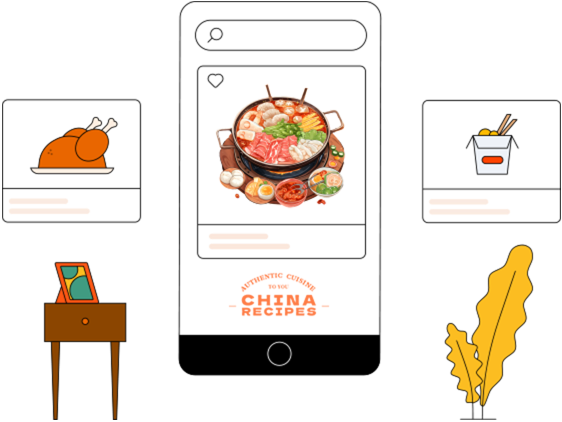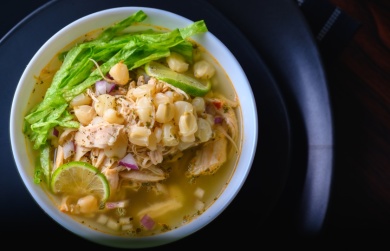Learn How Much Does A Chicken Weight Typically
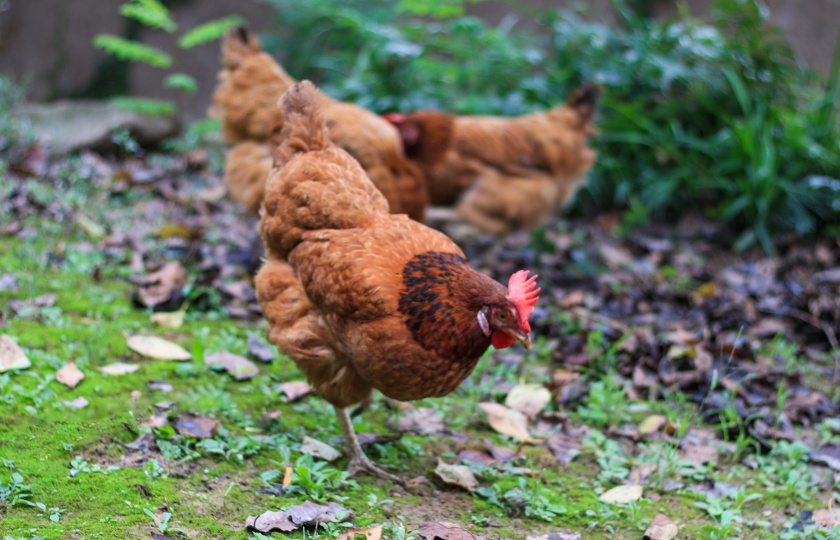
When purchasing chicken, weight is often a primary consideration, affecting not only price but also cooking method choices.
How much do chickens weigh?
The weight of chickens can vary significantly depending on the breed and purpose. Here are some practical references for selection and cooking:
Broiler chickens (commercial varieties)
Dressed weight:
Whole chicken (eviscerated) usually weighs 1.8 - 3.6 kg (4 - 8 lbs).
White - feather fast - growing chickens can reach 2.5 kg within 42 days, which is suitable for the fast - food industry.
Laying hens (adult)
They are lighter in weight, about 1.5 - 2.3 kg (3.3 - 5 lbs).
For example, the standard weight of Hy - Line Brown hens is 1.7 kg.
Free - range native chickens
At maturity (over 120 days), they weigh approximately 1.2 - 2 kg (2.6 - 4.4 lbs).
Capons can reach up to 3.5 kg.
Key influencing factors:
Gender difference: Roosters are 10 - 25% heavier than hens.
Rearing period: Broiler chickens at 60 days old weigh about 1.8 kg, and native chickens at 180 days old weigh about 2 kg.
Proportion of parts: A bone - in chicken leg accounts for about 30% of the body weight, and chicken breast accounts for 20%.
Common whole - chicken specifications in supermarkets:
Small (suitable for 2 - 3 people): 1.5 - 1.8 kg
Large (for banquets): 3 - 3.5 kg
Special for roast chicken: 2.2 - 2.7 kg (with thicker skin and fat)
Quick - judgment method:
For an adult chicken, when you stretch out your palm (from the beak to the tail), if it is about 50 cm, it corresponds to 2 kg. For every 10 cm shorter, subtract 0.5 kg.
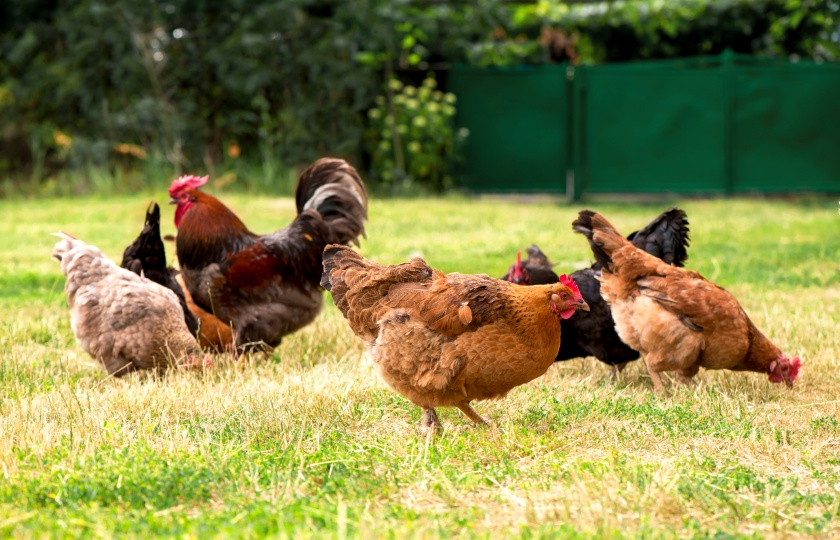
What's the weight difference between live and dressed chickens?
The weight difference between live and dressed chickens mainly occurs in several steps: Bloodletting and defeathering will reduce the weight by about 10%, and removing the internal organs will further reduce the weight by 15% - 20%.
Overall, for every 4 jin of a live chicken, after processing, there will be approximately 2.8 to 3 jin left.
For example, if a 5 - jin live chicken is freshly slaughtered at the vegetable market, when you take it home, the net weight is about 3.5 jin. Among them, the edible meat is a little over 2 jin, and the bones and internal organs account for the rest.
Here are some practical tips when buying chickens: For making soup, it is recommended to choose a freshly slaughtered live chicken. Although the weight loss is significant, the taste is fresh. For stir - frying, it is more cost - effective to choose chilled fresh chickens from the supermarket. A chilled fresh chicken labeled with a weight of 3 jin is actually equivalent to a live chicken weighing over 4 jin.
If you see the label "eviscerated chicken", it means the internal organs have already been removed, and it is about 20% lighter than a live chicken.
For frozen chickens, be aware that they will shrink after thawing, especially those with an ice glaze. They may be about half a jin lighter after thawing.
What are the weight proportions of different chicken parts?
Chicken Breast
Proportion: 18 - 22%. From a single 2 - kilogram chicken, you can obtain 360 - 440 grams of bone - in breast meat.
Processing suggestions: After removing the ribs, slice it diagonally. When frying, press it flat with a heavy object to ensure even heat exposure.
Chicken Legs (including thighs and drumsticks)
Proportion: 25 - 30%. From a 2 - kilogram chicken, you can get 500 - 600 grams.
Disassembly skills: Cut the tendons along the joint seams and keep the chicken skin intact to enhance the crispness during roasting.
Chicken Wings
Proportion: 10 - 12%. From a single 2 - kilogram chicken, it is approximately 200 - 240 grams.
Efficient utilization: The thick - fleshed wing tips can be disassembled and marinated separately, and the wingtips are suitable for deep - frying.
Skeleton and Trimmings
Proportion: 35 - 40%. It includes the spine, neck, etc.
Soup - making plan: Use 1 kilogram of the chicken skeleton and 3 liters of water. Bring it to a boil and then turn to a low heat and simmer for 2 hours to obtain a milky white thick soup.
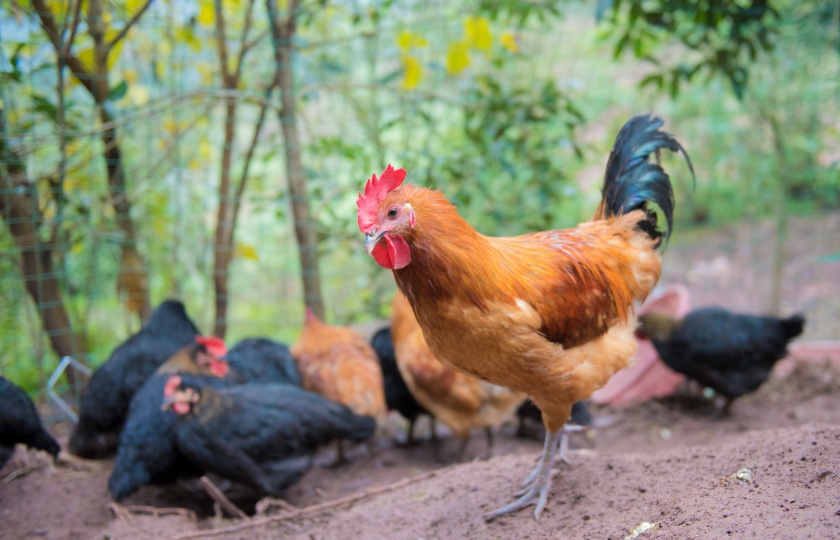
How does chicken weight affect cooking time?
For Whole Chickens
The most commonly used weight is around 1.5 kilograms. When roasting in an oven, it takes approximately 90 minutes. For every additional 200 grams, an extra 8 minutes of roasting time is required. An air fryer is more efficient. For the same weight, set it at 160°C and roast for 60 minutes first, and then turn it up to 200°C for the last 10 minutes to brown the surface. Note that if the chicken breast is too thick, cover the legs and wings with aluminum foil halfway through roasting to prevent burning.
For Chicken Breasts
A single piece of 200 grams is the perfect size. Boiling takes exactly 10 minutes for tender and cooked chicken, and frying takes 2.5 minutes per side. If you encounter a large and thick piece weighing 500 grams, don't try to fry it directly. Cut it into thinner slices or use a slow - low - temperature cooking method: Water - bath at 63°C for 90 minutes, and then quickly fry over high heat for 30 seconds to lock in the juices.
For Chicken Legs and Wings
A standard piece with bones weighs 100 grams. Roast in an air fryer at 200°C for 18 minutes without the need to turn over. For braised chicken pieces with bones like this, it takes about 25 minutes for 500 grams. If the weight doubles, add 10 more minutes. For boneless leg meat, the cooking time can be reduced by 5 minutes for every 100 grams.
Safety Reminder
Insert a thermometer into the thickest part. 75°C is the safety baseline, but if you want juicy meat, stop cooking at 80°C. For fully cooked and non - tough meat, turn off the heat after reaching 85°C and let it rest for 5 minutes. For chickens weighing over 2.5 kilograms, it is recommended to roast them upside down first: Roast with the breast facing down for 40 minutes, and then turn it over to evenly color the surface.
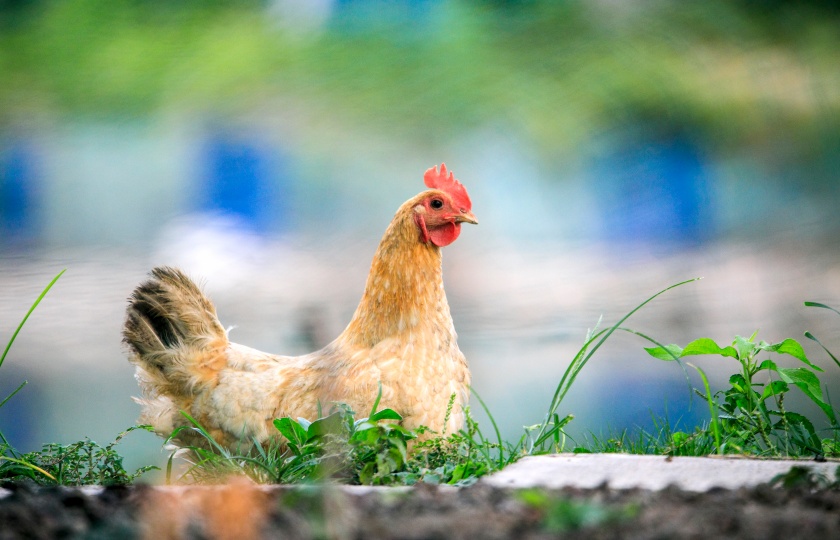
What is the weight of a standard roasting chicken?
The weight of a standard roasting chicken is generally between 3 - 5 pounds (1.4 - 2.3 kilograms). However, this "standard" actually varies in different places:
Roasting chickens in American supermarkets are usually around 4 pounds.
Roasting chickens in Europe are a bit smaller, approximately 3 pounds.
Roasting chickens in Asia are even smaller, usually 2 - 3 pounds.
Purchase suggestions:
For 4 - 6 people, it is recommended to choose a 4 - pound chicken.
For 2 - 3 people, 2.5 - 3 pounds is sufficient.
A chicken that is too large is not easy to roast thoroughly, while a too - small one may not be juicy enough.
Are rotisserie chickens male or female?
Most rotisserie chickens sold in rotisserie chicken shops are hens.
The reason is quite simple: The meat of hens is more tender, and their size is just right for roasting. The meat of roosters is too tough and fibrous, making them unsuitable for making rotisserie chickens.
Specifically, rotisserie chickens usually come from young hens that are 3 - 4 months old. Hens at this age weigh about 1.5 - 2 kilograms. Their meat is delicate and tastes the best when roasted. Moreover, hens are cheaper than roosters because they don't need to be raised until the age of laying eggs.
So the next time you go to buy a rotisserie chicken, just remember that what you're eating is a young hen!
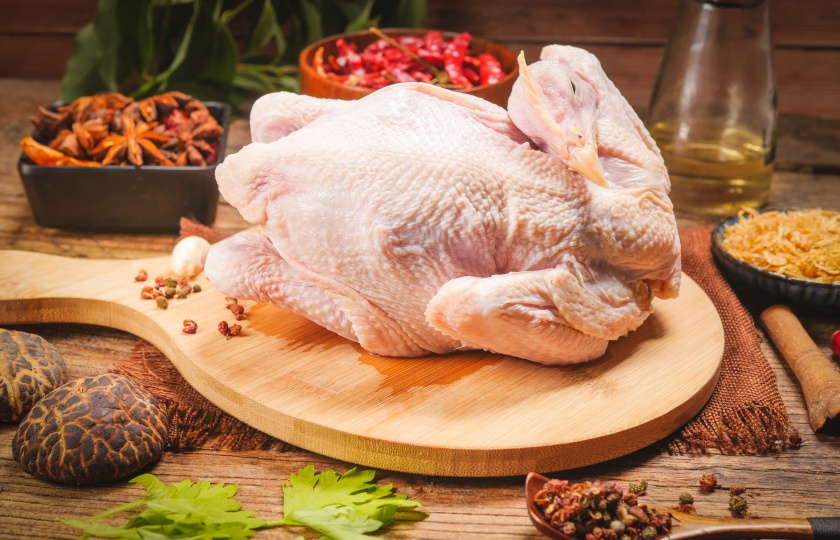
What are the best backyard meat chickens?
Cornish Cross chickens are the most popular. They can grow to an edible size in just 8 weeks, but they require very professional care. If you are a beginner, I recommend choosing Rangers. Although they grow a bit more slowly, they are easier to raise.
Oh, there are also two traditional breeds that are really great:
Orpington chickens have an extremely gentle temperament and are suitable for family breeding.
Sussex chickens can both lay eggs and provide meat, making them a very practical choice.
Some small suggestions for beginners:
Don't be too greedy at first. Start by raising 2 - 3 chickens to test the waters.
Choose a breed that is suitable for your local climate.
Prepare sufficient space for activities and clean feed.





